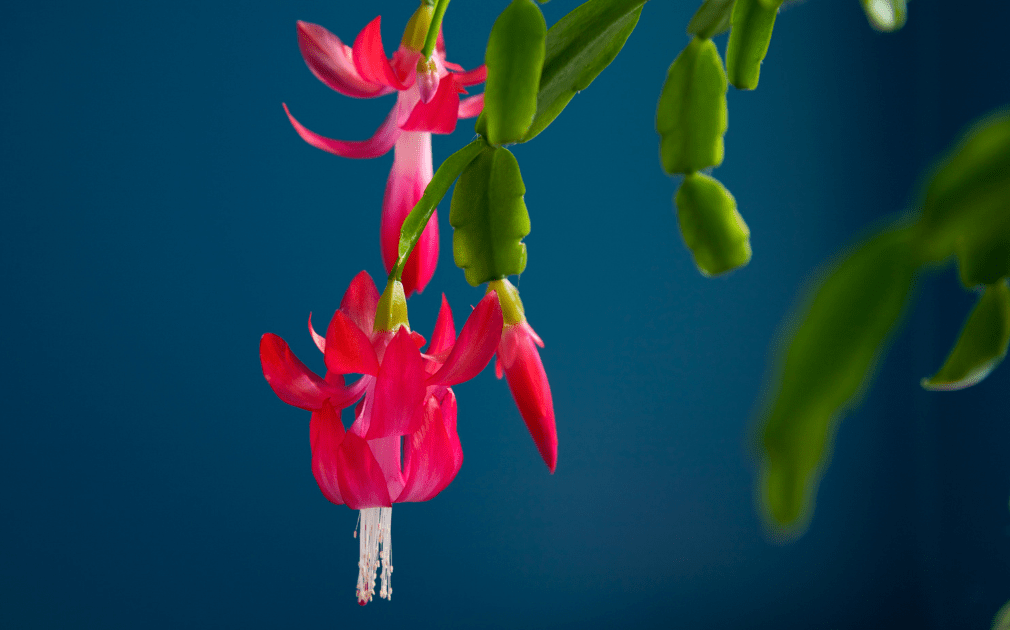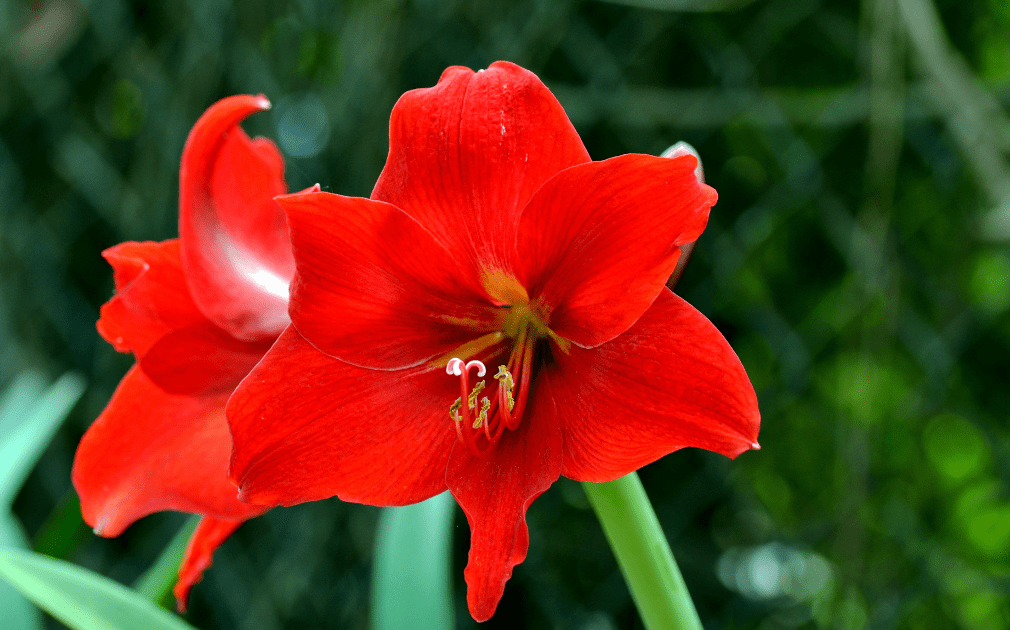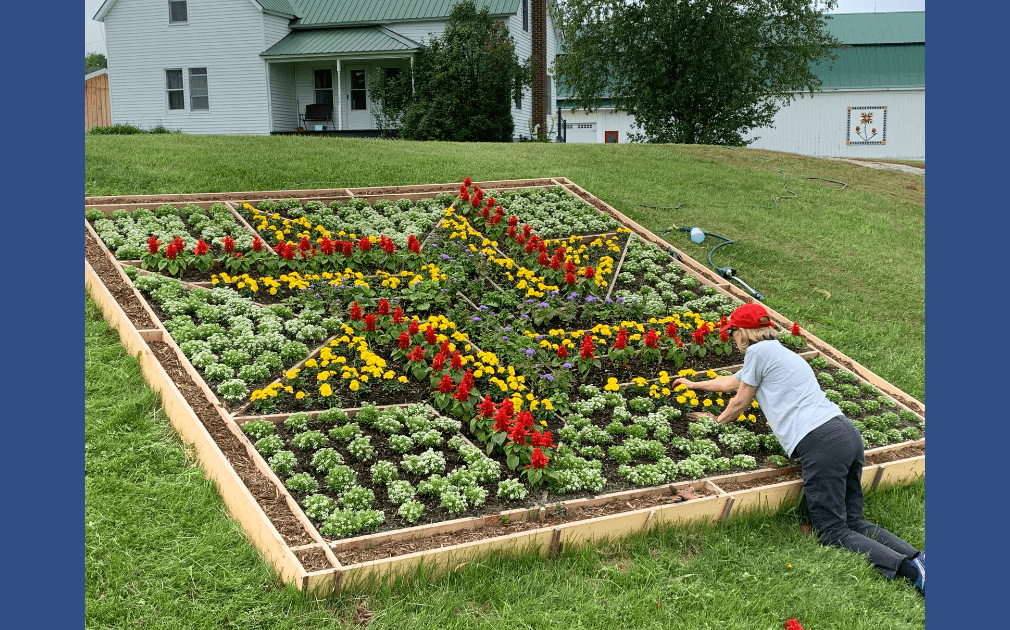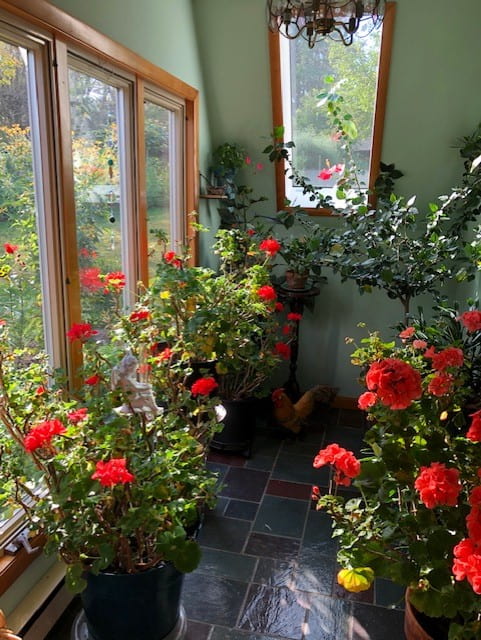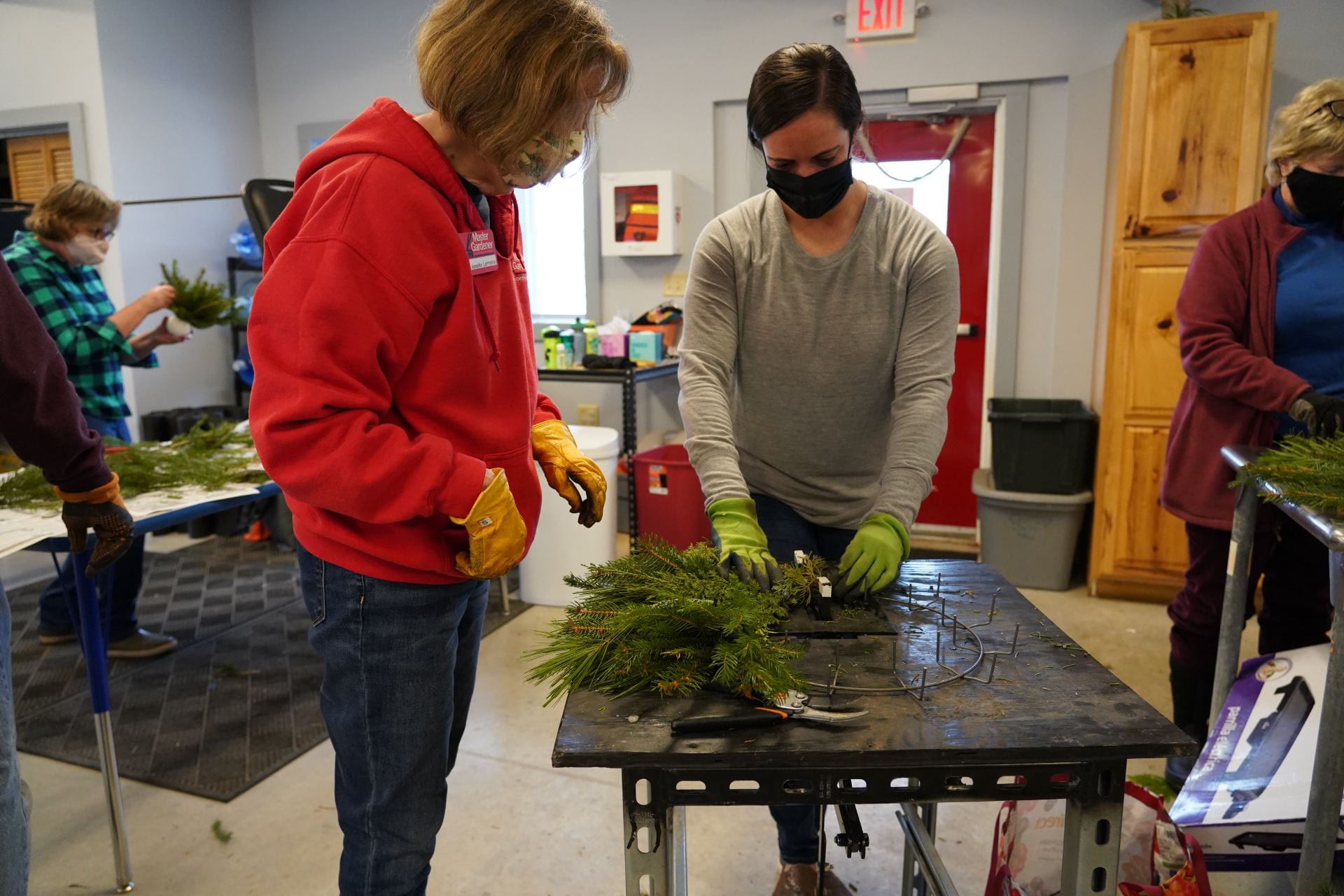Plants don’t often bloom when we tell them to, but ever since a friend gave me some instructions back in 1997, I’ve been able to get my amaryllis and Christmas cacti to bloom on demand. When I took the time to mark a few dates on my calendar and follow through, I got lovely blooms for the holiday season exactly when I wanted them. That little bit of knowledge piqued my interest, and I’ve done a bit of research since then. This post and the previous one convey what I’ve learned about amaryllis and Christmas cacti and controlling their bloom time.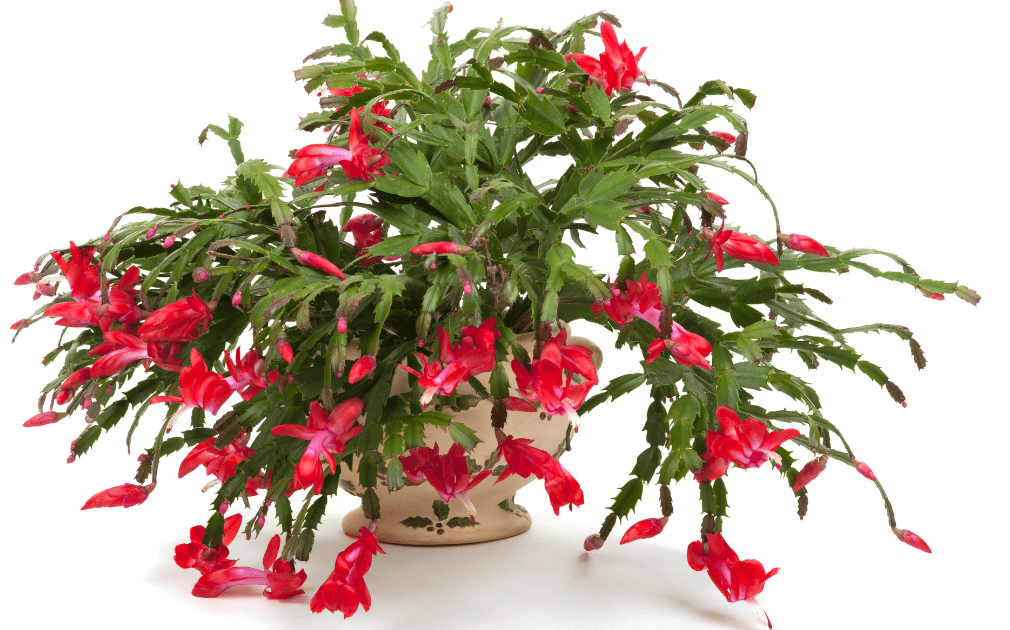
Christmas cacti have been known to live 100 years when cared for properly! Both plants naturally grow in the spring and summer, and bloom in fall and winter, so we need to recreate those conditions if we want gorgeous flowers.
GENERAL CARE
Before we talk about blooming, we should talk about general care. Many people hear the word “cactus” and immediately think “hot sun,” and “dry soil.” In fact, the term “cactus”is a misnomer. This plant is an epiphyte (grows on trees) from the Brazilian rainforest, not a desert cactus. It doesn’t like blazing sun or dry soil. While Christmas cacti are pretty tolerant in terms of water and light amounts, if your cactus isn’t blooming, it’s a sign that you’re not quite treating it the way it wants to be treated. Read more Timing a gorgeous Christmas cactus bloom
